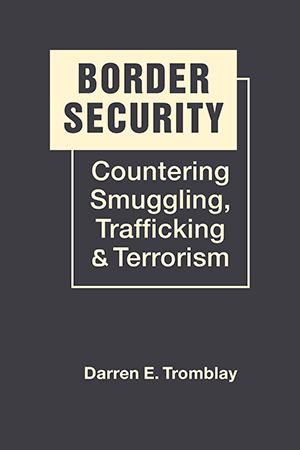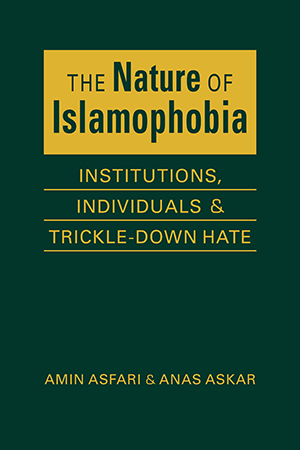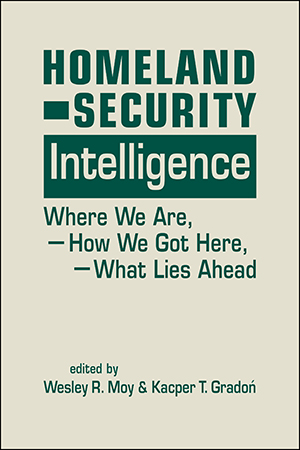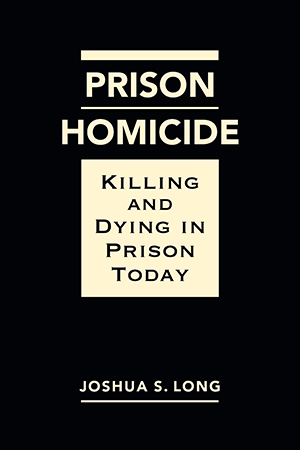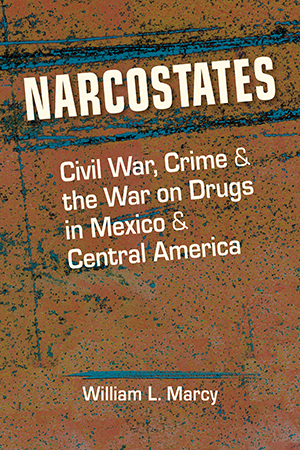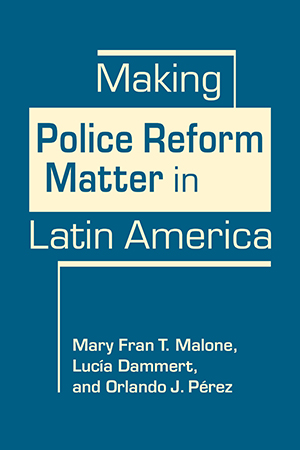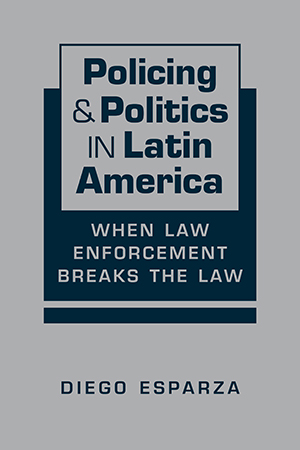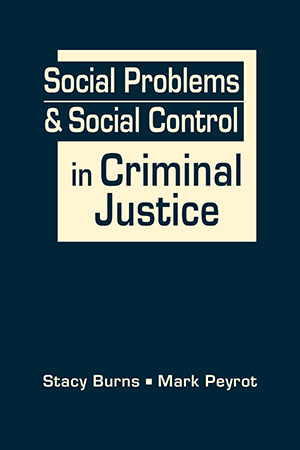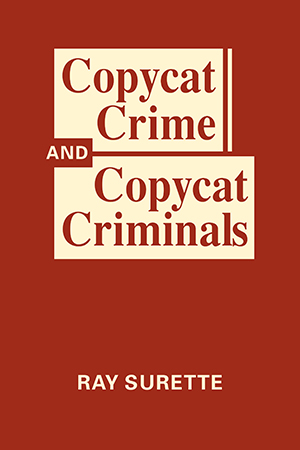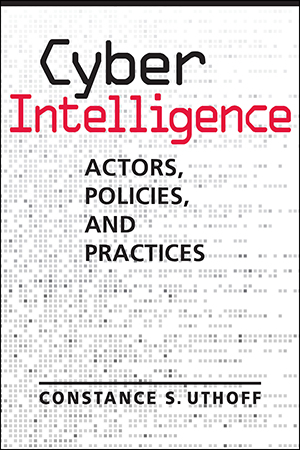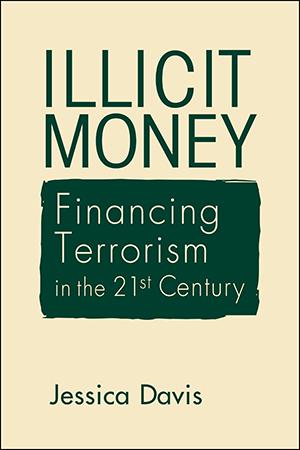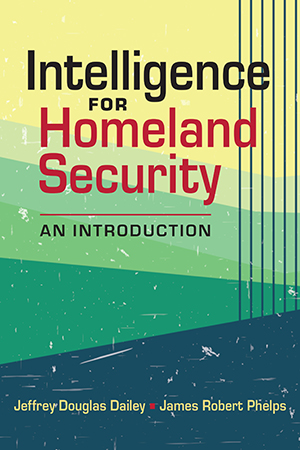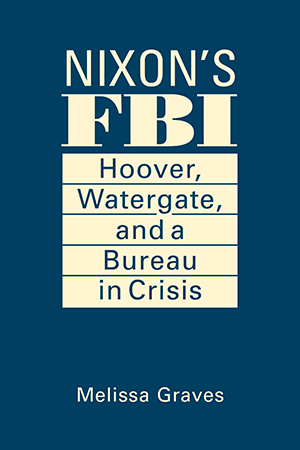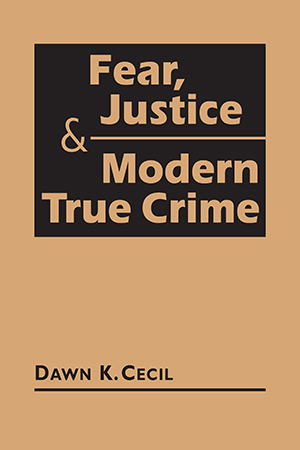Criminology and Criminal Justice
Securing the US borders has become a focal point of public and political discourse. But how can that security best be achieved? Darren Tromblay addresses this question in his comprehensive More >
In the aftermath of the September 11 attacks on the World Trade Center and the Pentagon, Muslims became the targets of fear, discrimination, and hate crimes—victims of a rising wave of More >
What is the role of intelligence in the homeland security enterprise? How have its practice and function evolved since the creation of the Department of Homeland Security more than two More >
Choice Outstanding Academic Book! The media frequently hype the notion that US prisons, overcrowded and understaffed, are deadly places. Are they correct? How many people actually die in More >
How did Mexico and Central America become a lawless corridor for conveying narcotics into the United States? How did the drug cartels rise to power, succeeding in institutionalizing the More >
Police forces in Latin America historically have been regarded as hopelessly corrupt, inefficient, and even abusive. More recently, however, there have been clear signs that police reforms More >
Though police are supposed to serve and protect, they all too often rob and abuse. Why? And what can be done about it? That is the central puzzle addressed in this book. Drawing on the More >
Today's headlines are rife with reports of hate crimes, domestic terrorism, drug abuse, police malfeasance, and many other profound social problems. Equally, there are discussions, often More >
How prevalent is copycat crime? Can we accurately identify it? What role does the media play in encouraging it? These are among the questions that Ray Surette addresses in his comprehensive More >
US national security compromised by Wikileaks. Towns held hostage by ransomware. Corporate websites hacked. Cyber espionage and cybercrimes are increasing in both frequency and More >
Terrorists need money ... to recruit and train people, to buy weapons, to maintain safe houses, to carry out attacks. Which raises the question: how do they procure and protect funds to More >
Since the September 11 terrorist attacks—considered one of the worst intelligence failures in US history—the many agencies that constitute the homeland security enterprise have More >
As a provider of vital infrastructure and technology, the private sector has become an essential contributor to US national security—and the target of hackers and terrorists. Darren More >
Polly Corrigan Book Prize Finalist! In 1974, Richard Nixon resigned in disgrace. In 2020, Donald Trump was impeached. Both were investigated by the FBI, an agency under their control. How More >
For centuries, people have been drawn to true stories of crime and the justice system. But what began primarily as a literary genre focusing on murder has evolved. From docuseries and More >



